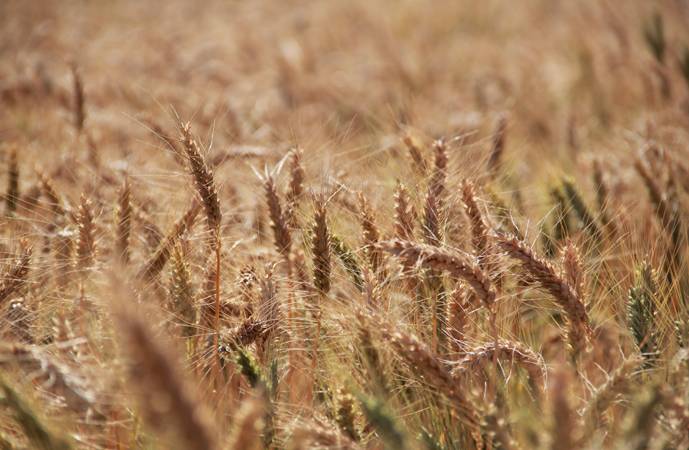Scientists in Brazil are working to increase zinc and selenium content in wheat, one of the main foods in the Brazilian diet.
Through biofortification, scientists have already been able to conventionally breed more zinc into wheat. Researcher Milton Ferreira de Moraes from the Federal University of Mato Grosso explains that selenium levels in wheat can also be increased through agronomic biofortification.
"Recently, the government approved the use of fertilizers containing selenium, which was an important step in the effort to add this nutrient in Brazilian soils,” Moraes says. “Plants absorb selenium very quickly, but most soils in Brazil are naturally poor in this element. Just 5 to 10 grams per hectare are needed to allow the growth of a crop rich in both zinc and selenium.”
Moraes is confident about the outcome of the ongoing research. "I am optimistic because the government already appreciates the need to improve the availability of selenium for the population. I believe that in approximately two years we will have more significant advances."
The scientists working on the project expect that agronomic biofortification of wheat with selenium can raise a person’s intake of this micronutrient to approximately 25 percent of the daily requirement.
There are other selenium-rich sources in Brazil, including the famous castanha-do-brasil nuts. The nuts are so laden with selenium that folk wisdom prescribes eating no more than one a day for fear of excess ingestion of the micronutrient.
“The average weight of a regular Brazil nut is 5 grams,” notes Silvia Cozzolino, a researcher from the University of São Paulo. “Some of the nuts, such as those from Amazonas state, contain up to 115 micrograms of selenium per gram. Which means a consumer would be taking in more than 500 micrograms of selenium, exceeding the maximum recommended 400 micrograms.”
With biofortified wheat, there would be no such fears over excessive intake of selenium. Moreover, wheat-based foods, such as bread, are more affordable than the Brazil nuts.
*Photo Credit: Embrapa
**The author is a freelance journalist with HarvestPlus in Brazil
